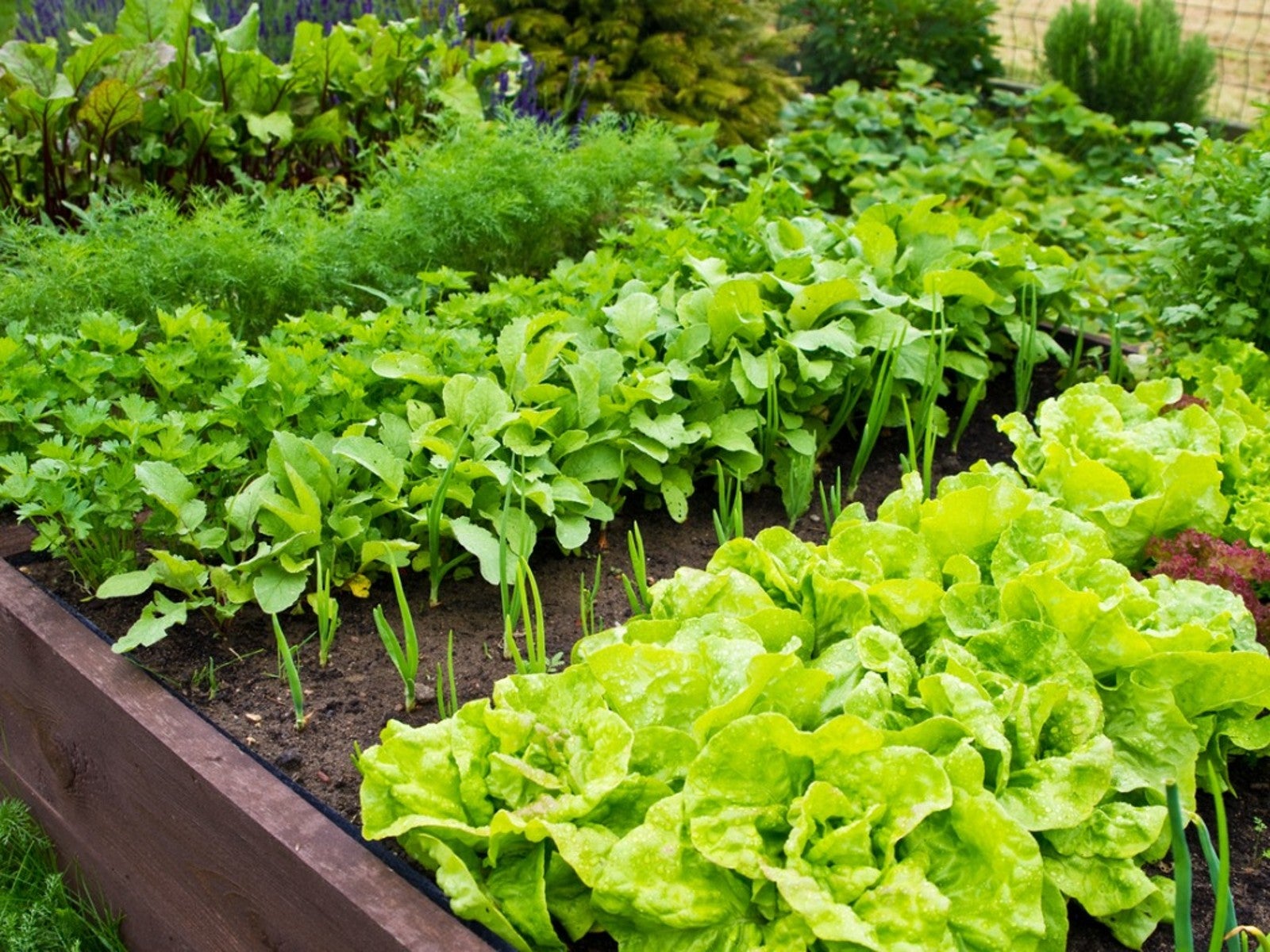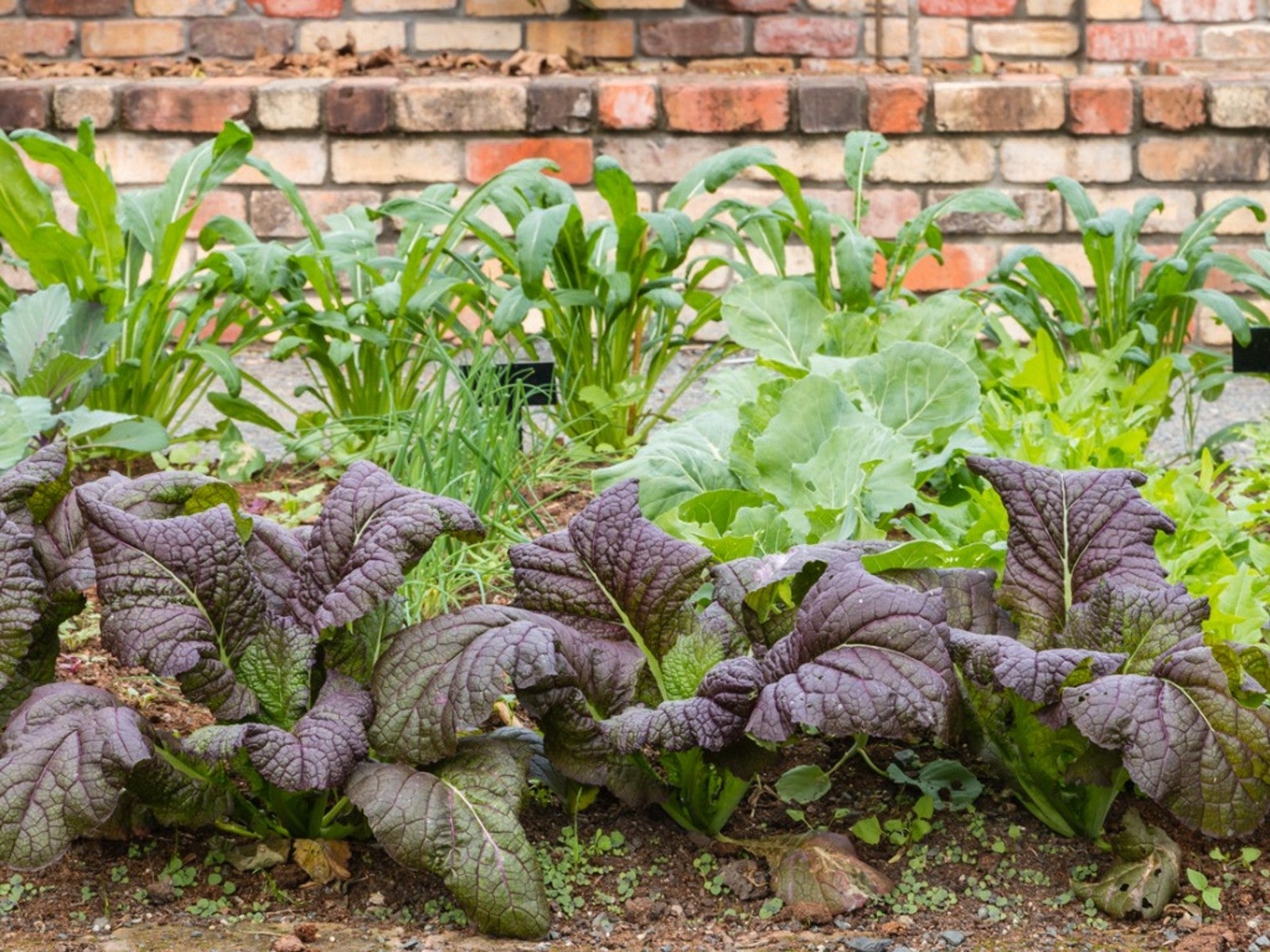Learn More About Vegetables In The Nightshade Family


Nightshades are a large and diverse family of plants. Most of these plants are poisonous, especially the unripe fruits. In fact, some of the more well known plants in this family include ornamentals such as Belladonna (deadly nightshade), Datura and Brugmansia (Angel's trumpet), and Nicotiana (tobacco plant) -- all of which include poisonous properties that can cause anything from skin irritation, rapid heartbeat and hallucinations to seizures and even death. But, were you aware that some of your favorite vegetables may also belong to this group of plants?
What are Nightshade Vegetables?
So what does nightshade vegetable mean exactly? What are nightshade vegetables, and are they safe for us to eat? Many of the nightshade family vegetables fall under the species of Capscium and Solanum. Although these do contain toxic aspects, they still bear edible parts, like the fruits and tubers, depending on the plant. Several of these plants are cultivated in the home garden and are known as nightshade vegetables. In fact, those that are edible happen to include some of the most commonly eaten vegetables today.
List of Nightshade Vegetables
Here is a list of the most common (and maybe not so common) vegetables in the nightshade family. While these are perfectly safe to eat under ordinary circumstances, some people may be sensitive to these plants regardless, suffering allergic reactions. If you are known to be highly sensitive to any of the nightshade plants, it's recommended that you steer clear of them whenever possible.
- Tomato
- Tomatillo
- Naranjilla
- Eggplant
- Potato (excluding sweet potato)
- Pepper (includes hot and sweet varieties as well as spices like paprika, chili powder, cayenne, and Tabasco)
- Pimento
- Goji berry (wolfberry)
- Tamarillo
- Cape gooseberry/ground cherry
- Pepino
- Garden huckleberry
Gardening tips, videos, info and more delivered right to your inbox!
Sign up for the Gardening Know How newsletter today and receive a free copy of our e-book "How to Grow Delicious Tomatoes".

Nikki Tilley has been gardening for nearly three decades. The former Senior Editor and Archivist of Gardening Know How, Nikki has also authored six gardening books.
-
 Moody Blooms For Spring: 8 Types Of Black Flowers To Add Drama To Spring Displays
Moody Blooms For Spring: 8 Types Of Black Flowers To Add Drama To Spring DisplaysFrom midnight burgundies to inky violets, several types of black flowers can enrich and embolden a spring display. Try these brooding bloomers for a moody garden
By Tonya Barnett
-
 Can Snake Plants Live Outside? Everything You Need To Know For Snake Plants Al Fresco
Can Snake Plants Live Outside? Everything You Need To Know For Snake Plants Al FrescoSnake plants can live outside given the right conditions, but be careful that they don't take over! Learn the best way to use snake plants in your landscape.
By Mary Ellen Ellis
-
 How Many Vegetables To Plant Per Person For A Year
How Many Vegetables To Plant Per Person For A YearGauging how much to plant in a vegetable garden can eliminate waste while still producing enough for your family. Click for more.
By Bonnie L. Grant
-
 13 Perennial Fruits And Vegetables You Only Have To Plant Once
13 Perennial Fruits And Vegetables You Only Have To Plant OnceLooking to set it and forget it? Find out which fruits and vegetables can be grown as perennials.
By Laura Miller
-
 11 Edible Plants For A Year-Round Garden In A Bucket
11 Edible Plants For A Year-Round Garden In A BucketWant to know how to grow food inside your house and which foods do best indoors? Click here to learn all about it.
By Bonnie L. Grant
-
 Frost Tolerance Of Vegetables From Least To Most Hardy
Frost Tolerance Of Vegetables From Least To Most HardyHow cold can vegetables tolerate? Knowing which veggies will survive frosts and freezes is essential for the success of your garden. Click here for more.
By Laura Miller
-
 Best Vegetables To Pickle Straight From The Garden
Best Vegetables To Pickle Straight From The GardenPickles aren’t limited to just cucumbers. Read on for tips on pickling your fresh veggies.
By Amy Grant
-
 Benefits Of Planting In Fall Vs. Spring Vegetable Plots
Benefits Of Planting In Fall Vs. Spring Vegetable PlotsLearn why some vegetables do better if you plant them in fall instead of spring.
By Laura Miller
-
 Interplanting Vegetables In The Fall Garden
Interplanting Vegetables In The Fall GardenLearn all about the benefits of interplanting vegetables for your fall garden.
By Laura Miller
-
 Best Vegetables For Growing In Perlite
Best Vegetables For Growing In PerlitePerlite is a natural growing medium that comes from super-heated volcanic glass. In some cases, it works better than soil. Read on for more info.
By Laura Miller